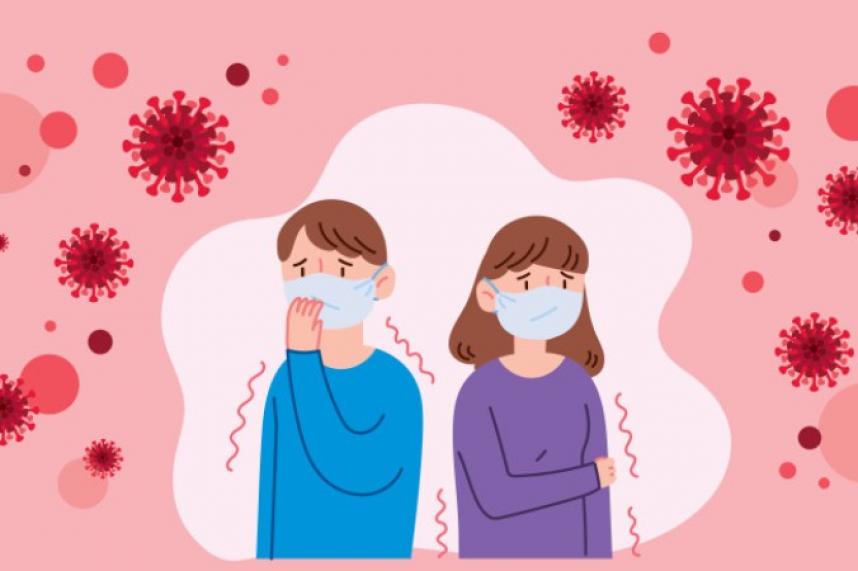
The US Centers for Disease Control and Prevention (CDC) has removed its guidance that said coronavirus was transmitted through the air.
Jason McDonald, a spokesman for the CDC, told CNN: “A draft version of proposed changes to these recommendations was posted in error to the agency's official website. CDC is currently updating its recommendations regarding airborne transmission of SARS-CoV-2. Once this process has been completed, the updated language will be posted.”
The guidance was initially posted on Friday on the agency's website before CNN reported the change on Sunday. It said that while coronavirus is commonly spread through close contact with others, it is also known to spread through aerosols produced when an infected person coughs, sneezes or talks. This can then cause infection when inhaled through the nose, mouth, airways and lungs, and is thought to be the main way the virus spread.
It went on to say: “There is growing evidence that droplets and airborne particles can remain suspended in the air and be breathed in by others, and travel distances beyond six feet (for example, during choir practice, in restaurants, or in fitness classes). In general, indoor environments without good ventilation increase this risk.”
In the update to the guidance, the CDC also said people should use air purifiers to reduce airborne germs indoors and stay six feet away from others whenever possible. It also more strongly stated that asymptomatic carriers of the virus can spread it to others.
Many health experts are worried the guidance has been withdrawn due to political pressure. Dr Leana Wen, an emergency physician at George Washington University and a medical analyst for CNN, said: “The fact that they retracted this, even though this is common scientific knowledge at this point, one has to wonder what's behind it. Was there political pressure? Political interference that's driving this rather than science?”
“It's extremely confusing, and that type of whiplash, especially without an explanation directly from the CDC, creates confusion and unfortunately leads to lack of trust in the CDC overall.”